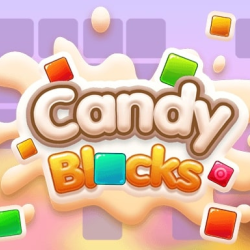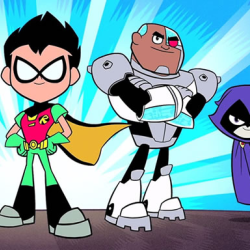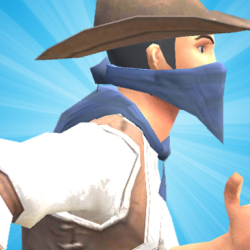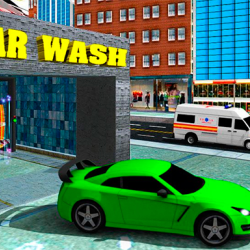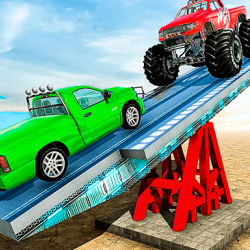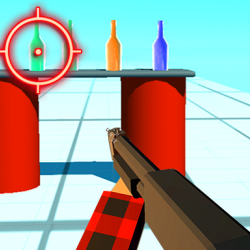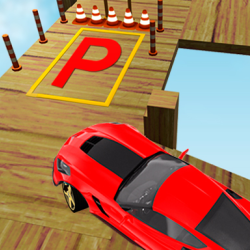Escape Room-1
Control
Mastering precise cursor navigation is essential for seamless gameplay interaction, enabling players to execute actions with pinpoint accuracy through responsive tracking and intuitive click mechanics. Fluid movement synchronization between hardware input and on-screen response ensures dynamic control during high-stakes scenarios, whether targeting enemies, managing inventories, or manipulating environmental elements. Customizable sensitivity settings empower users to tailor responsiveness to their playstyle, while advanced acceleration algorithms maintain consistency across varying in-game velocities. Tactile feedback systems and ergonomic design principles further enhance immersion, transforming basic pointer functionality into a vital extension of player intent within complex virtual worlds.
description
The clock starts the moment you step inside. Your team fans out, scanning every surface—walls etched with cryptic symbols, a desk cluttered with yellowed maps, a locked cabinet humming faintly. The air smells like ozone and old paper. One of you spots a pressure plate under the rug. Another finds a UV flashlight taped beneath the chair. Shadows dance as you click it on, revealing coordinates scrawled in invisible ink across the ceiling. Someone shouts numbers; another spins the dial on a floor safe. A metallic clink. Inside, a key stamped with Roman numerals. Three minutes left. You sprint to the painting of a stormy sea, pry it open, and slot the key into a rusted mechanism. Gears grind. A hidden panel slides wide, revealing a ladder to the roof. The exit alarm blares as your last teammate scrambles through, chests heaving, hands stained with ink and triumph. The host’s voice crackles over the speaker: *Fastest time this year*. You collapse against the wall, laughing, already addicted to the burn of synapses firing in the dark.
